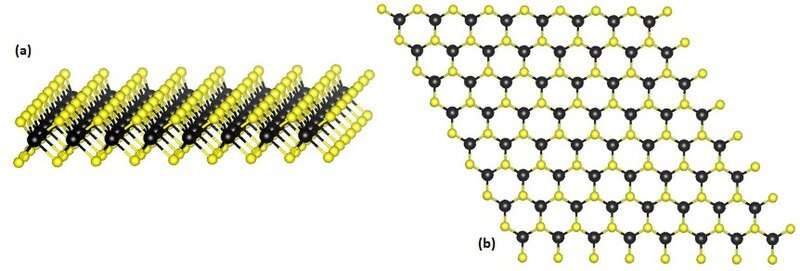A new study recently published in Advanced Materials
reveals that MoSe2, a prominent material of the transition metal
dichalcogenides (TMDs) family, loses relative stiffness when its
thickness is reduced. This work was carried out by researchers from
the Adam Mickiewicz University (AMU) in Poznan (Poland) and the
ICN2, under the coordination of Dr. Bartlomiej Graczykowski and Dr.
Klaas-Jan Tielrooij, respectively.



